Thursday, August 29, 2019
Derby Dozen for BloodHorse
Having covered the Triple Crown races in one form or another for the past 32 years, including writing the features Derby Doings for Daily Racing Form and the Derby Dozen for BloodHorse, I can state emphatically that I cannot remember a horse maturing physically and mentally and turning into a polished professional as quickly as Code of Honor.
And it all came to fruition Aug. 24 in the Travers Stakes when the boy officially turned into a man.
The victory of Code of Honor fit perfectly into the continuing strange saga of this year’s crop of 3-year-olds, and proved once again that when it comes to horses, there are no experts, and even the most astute horsemen often have trouble judging a horse on what he may become rather than what he is as a yearling or young 2-year-old.
That is why a horse named Maximum Security, sired by a champion and owned by one of the top owners and breeders in the country, can make his career debut in a $16,000 claiming race and go unclaimed and then finish first in the Kentucky Derby (only to be disqualified) and win the Florida Derby and Haskell Invitational.
It is why a horse named Tax, owned and bred by the powerful team of Claiborne Farm and Adele Dilschneider, winds up in a $30,000 claiming race first time out and goes unclaimed. Going to the claiming well once again he finally gets snatched for $50,000 and wins the Jim Dandy Stakes, Withers Stakes, and finishes second in the Wood Memorial and third in the Remsen Stakes.
It is why a horse named Sir Winston fails to meet his modest $50,000 reserve at the Keeneland September yearling sale, is bought back by his breeder Tracy Farmer, and winds up winning the Belmont Stakes.
And now we have a slightly built, immature late foal who is bred by powerhouse Lane’s End Farm, gets put in the Keeneland September yearling and has no takers, failing to meet his $70,000 reserve. So Lane’s End takes Code of Honor home, races him and wins the Travers Stakes with him, as well as the historic Dwyer Stakes and Fountain of Youth Stakes, and gets moved up to second in the Kentucky Derby on the disqualification of Maximum Security.
It appears as if the proverbial crystal ball was a bit cloudy this year with a number of future stars there for the taking at a dirt cheap price, but unwanted for one reason or another.
In the case of Code of Honor, he was a late foal, born May 23, and was immature both physically and mentally. But according to Bill Farish of Lane’s End Farm, he was an efficient mover and everyone at Courtlandt Farm in Ocala where he was broken liked him very much.
So why did Lane’s End Farm try to sell this colt by the great Frankel’s full brother Noble Mission, a son of megastud Galileo?
Lane’s End sales director Allaire Ryan had all the reasons at her fingertips in the form of written comments she made about the colt when he was a yearling. Of course, the May 23 foaling date alone turned many buyers off. Although he was a medium to good-sized colt and well balanced with a quality head and eye and was light on his feet, he was narrow up front and toed out a bit and didn’t have a lot of bone. So in short, he was not what you would call a robust colt.
But there were other positives. Mainly he was very well made mechanically and was extremely easy on himself, according to Ryan, who added, “He always was aware of his surroundings, continued to move forward, and he had a high energy level.” Basically, he was a feel-good horse.
Unfortunately, or as it turned out, fortunately, he was never once scoped at the sale, so the writing was on the wall. This was a colt in which no one was interested. William Farish, founder of Lane’s End Farm, has always been known for setting fair reserves. He offered a high quality colt at a very affordable price, but wound up taking him back, breaking him at Courtlandt Farm, and racing him.
The colt was a farm favorite, and everyone at Lane’s End was encouraged when trainer Shug McGaughey’s assistant Robbie Medina mentioned how much the colt loved to train. As Ryan said, “His athleticism and personality were bigger than he was and he was always known here as the Little Big Horse.”
After spending time at Fair Hill, where he had a couple of breezes, he was sent to McGaughey’s barn at Saratoga.
“He didn’t exactly blow us away stepping off the van,” said McGaughey’s son and assistant, Reeve. But they saw he was a good mover and came to them with a good reputation.
A week later they gave him his first breeze at the track. Reeve recalled how he crawled the first eighth in :14 and change or even :15. Reeve and Medina looked at each other wondering what was going on. But just then he took off, rattling off eighths in :11 and change and :12. He covered the half-mile in :48 flat and went to the wire and galloped out in :24 flat. That’s when they knew they had a talented colt.
He showed it by winning his career debut and doing it wire-to-wire at odds of 6-1. That was something you don’t see too often from a McGaughey-trained horse, who usually come along slowly.
In fact, Bill Farish said the last McGaughey-trained horse to win first time out was the Lane’s End (with partners)-owned Honor Code, but he came from 22 lengths back going seven furlongs, not wire-to-wire going six furlongs. So this was unusual.
You also don’t expect McGaughey to throw a 2-year-old with one six-furlong race into the one-mile, grade 1 Champagne Stakes against many of the top juveniles in the country. Code of Honor rallied from 10th to finish second to the Chad Brown speedball Complexity in a sharp 1:34 3/5, one of the fastest Champagnes ever. Despite stumbling twice coming out of the gate, he still flew home, and his “3 3/4” Thoro-Graph number stamped him as a horse with a promising future.
He had a perfect blend of dirt, grass, speed, and stamina. To demonstrate how you can turn him on and off, he breezed a slow five furlongs in 1:03 for the Champagne a week after breezing a half in a bullet :46 flat, fastest of 60 works at the distance, and, again, you normally don’t see a McGaughey 2-year-old work that fast.
Code of Honor’s sire, the English-bred Noble Mission, is a son of the great Galileo and a full brother to Frankel, and his two paternal grandsires, Sadler’s Wells and Danehill are pretty much responsible for the Coolmore dynasty well before the emergence of Galileo. Sadler’s Wells, his son Galileo, and Danehill have sired an amazing 1,000 stakes winners among them, including over 230 group/grade 1 winners. Code of Honor’s broodmare sire, Dixie Union was a grade 1 winner who sired Belmont Stakes winner Union Rags and has always been a favorite of Will Farish. Code of Honor gets his speed from his dam’s female family through Mt. Livermore, Bold Forbes, Irish Castle, Faneuil Hall, and Bolinas Boy. All this speed works beautifully with the abundance of stamina in his sire’s pedigree.
That is why he could win his career debut wire to wire and then come from 10th and last to finish second in the Champagne.
Code of Honor was forced to miss the Breeders’ Cup Juvenile after spiking a fever, which may have been the best thing for him, as he was able to gear down and prepare for the arduous Derby trail.
A dull fourth-place finish in the Mucho Macho Man Stakes at 4-5 was a head scratcher, but he came right back to win the Fountain of Youth Stakes, this time at odds of 9-1. However, he still didn’t look like the horse who closed like a rocket in the Champagne, as he crawled home his final sixteenth in :07 seconds after a sluggish :26 2/5 quarter, and just lasted over the fast-closing Bourbon War.
On the positive side, he did show good acceleration on the turn and left himself with room for improvement. A lack of pace hurt him in the Florida Derby and he could finish no better than third behind the runaway winner Maximum Security. As talented as he might have been, he had run greenly all winter and spring, whether it was drifting a bit down the stretch or easing himself after getting a lead.
But you could see him start to blossom after going to Keeneland and working brilliantly with the rider's feet in the dashboard early and the way he hugged the rail on both turns, cornering beautifully. This was the first indication that perhaps he was starting to put it all together and was ready for a peak effort on the first Saturday in May.
In the Kentucky Derby he made a big move along the rail and looked like a winner turning for home after sticking his head in front, but wasn’t able to sustain it after eventual winner Maximum Security came in on him. When Maximum Security was disqualified for interference (not involving Code of Honor), Code of Honor was moved up from third to second.
McGaughey shortened him up for the one-mile Dwyer Stakes and the transformation was remarkable, as Code of Honor settled in last, waited to make his move, and then blew his opponents away with a sensational :23 1/5 final quarter, bursting to the lead and drawing off to a 3 1/4-length score, despite a wide trip and jockey John Velazquez losing his whip.
McGaughey had contemplated coming back in the Jim Dandy Stakes as a prep for the Travers, but decided to give him time and train up to the race. It proved to be a smart move considering his negative-1/2 Thoro-Graph number made him the fastest horse going into the Travers and the only horse in the field to run a negative number.
The new-look Code of Honor once again overpowered his opponents, rallying from ninth to win going away by three lengths, and his time of 2:01 flat was the second-fastest Travers in the past 27 years, behind only Arrogate’s record-breaking performance in 2016. That was reflected in his lofty 105 Beyer speed figure and 108 Equibase Speed Figure. There was no doubt now that Code of Honor had come of age.
So, now it is on to the Jockey Club Gold Cup against older horses and then the Breeders’ Cup Classic. There is no telling how good this colt is now. The Little Big Horse who no one was interested in for the bargain basement price of $70,000 has grown into a man, and there is nothing little about him any longer.
BREEDERS' CUP CLASSIC RANKINGS
1—McKinzie Bob Baffert Extremely talented, but best efforts have come from 7 furlongs to 1 1/8 miles. Home track should help and Baffert is always dangerous at Santa Anita.
2—Code of Honor Shug McGaughey He has developed into a powerful closer and is proven at 1 1/4 miles. Just keeps getting better and possesses brilliant turn of foot.
3—Thunder Snow Saeed bin Suroor Another who has excelled at 1 1/4 miles, but ran bang-up race in Met Mile. Runs hard every race and game as they come.
4—Yoshida Bill Mott Has a chance to stamp himself as a major force in the Classic with a big effort in Woodward Stakes. Loves Saratoga and should be flying late.
5—Higher Power John Sadler If the Pacific Classic is a true indicator of who he really is then he is going to take a lot of beating in the Classic. But the competition will be much tougher.
6—Vino Rosso Todd Pletcher He has already traveled west and emerged victorious in the Gold Cup at Santa Anita, so he does have an advantage over the other Eastern shippers. Woodward will tell us a lot.
7—Preservationist Jimmy Jerkens Throw out his Whitney performance after extremely questionable ride. Woodward should show whether his sensational Suburban score was the real him.
8—Tacitus Bill Mott One of these days he is going to put it all together. After productive spring he keeps finding ways to get beat. Still ran a big second in the Travers despite very odd trip.
9—Gift Box John Sadler Has a gutsy win over McKinzie in the Big Cap, but still has not worked since July 13. Plenty of foundation and needs to get only one prep in. But time is now to get started.
10—Seeking the Soul Dallas Stewart Obviously did not run his race at Del Mar and we’ll see how he rebounds back east.We know he has the class and the closing kick.
Catholic Boy was dropped from the Top 10 this week until we find out just how minor or major a setback he suffered that caused him to withdraw from the Woodward Stakes. Another Top 10 horse, Hofburg, has been sent to the farm and his immediate future is
uncertain, but the Breeders’ Cup obviously is out. The next big test will be the September 21 Pennsylvania Derby, which could feature Maximum Security, Mr. Money, and possibly Improbable.
BREEDERS' CUP DISTAFF RANKINGS
1—Midnight Bisou Steve Asmussen Classy 3-year-old but has turned into a winning machine at 4.
2—Elate Bill Mott Runs her heart out every time, Just nipped at wire in Personal Ensign.
3—Dunbar Road Chad Brown Alabama winner developing quickly and should keep improving.
4—Guarana Chad Brown CCA Oaks score not as brilliant as Acorn tour de force, but will take world of beating in Cotillion.
5—Secret Spice Richard Baltas Tough defeats in Clement Hirsch and La Troienne, but ran huge to win Beholder Mile at Santa Anita.
6—Ollie’s Candy John Sadler Gutsy winner of Clement Hirsch
7—Wow Cat Chad Brown Classier than Personal Ensign 4th. Deserves another chance.
8—Point of Honor George Weaver Black-eyed Susan winner couldn’t handle Guarana and Dunbar Road in last two. Strong stretch runner.
9—Blue Prize Ignacio Correas Listed stakes score at Spa first since last year’s Spinster victory.
10—Escape Clause Don Schnell Right there against the best, beaten a nose by Midnight Bisou in Apple Blossom and second to Elate in Delaware Handicap.
Waiting to see how impressive Shuvee winner Golden Award is doing after being eased in Personal Ensign Stakes.
Subscribe to:
Post Comments (Atom)


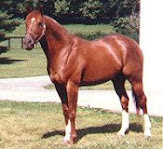



.jpg)



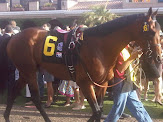_(2).jpg)
.jpg)
.jpg)
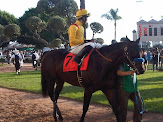.jpg)
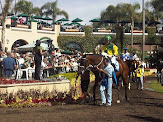.jpg)
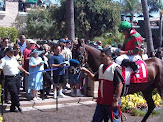.jpg)



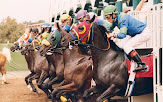







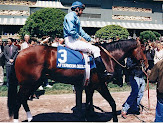












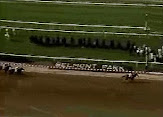


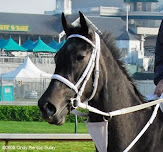




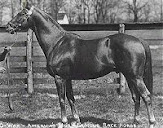













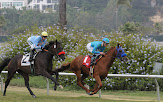


























.jpg)










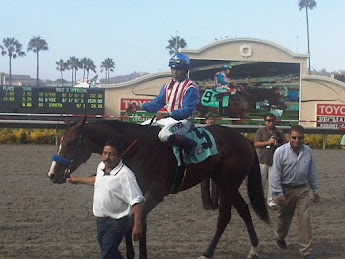.jpg)
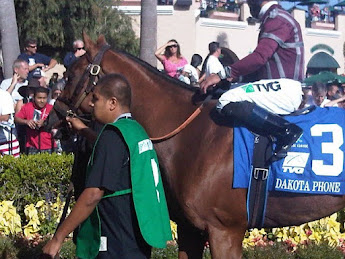.jpg)
_(2).jpg)
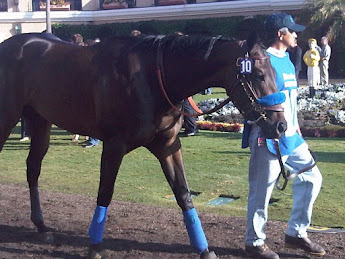.jpg)
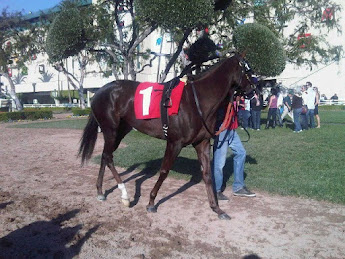(2).jpg)
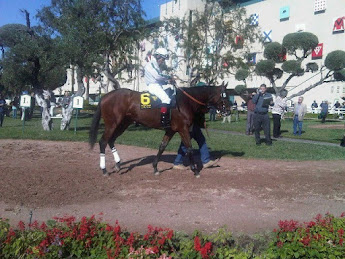.jpg)

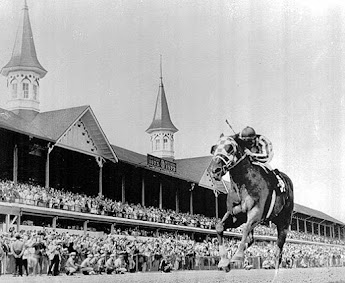
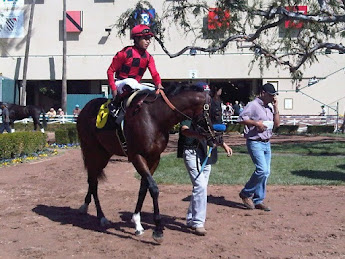.jpg)
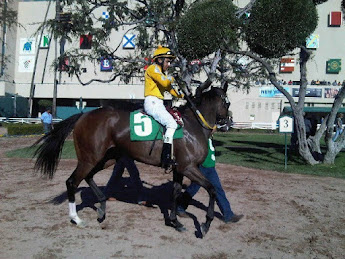.jpg)
.jpg)
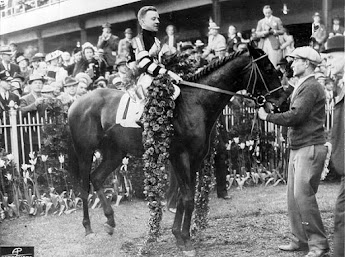


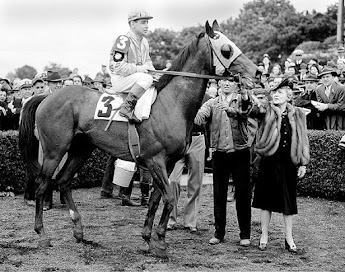


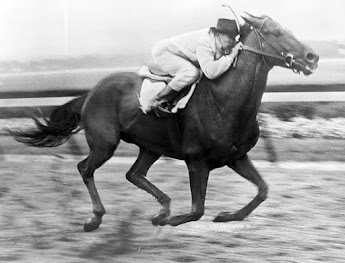
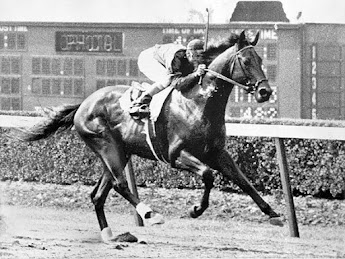

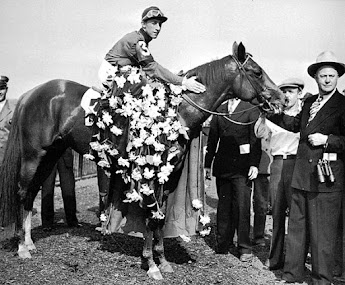


.jpg)
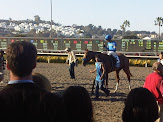.jpg)

![Validate my Atom 1.0 feed [Valid Atom 1.0]](valid-atom.png)














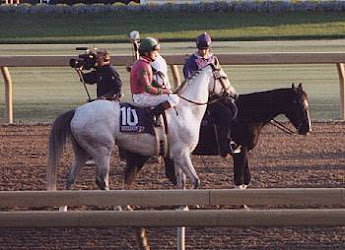
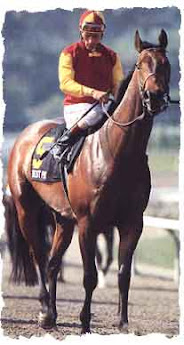

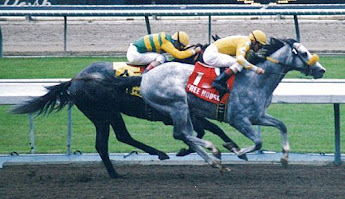




No comments:
Post a Comment
Note: Only a member of this blog may post a comment.